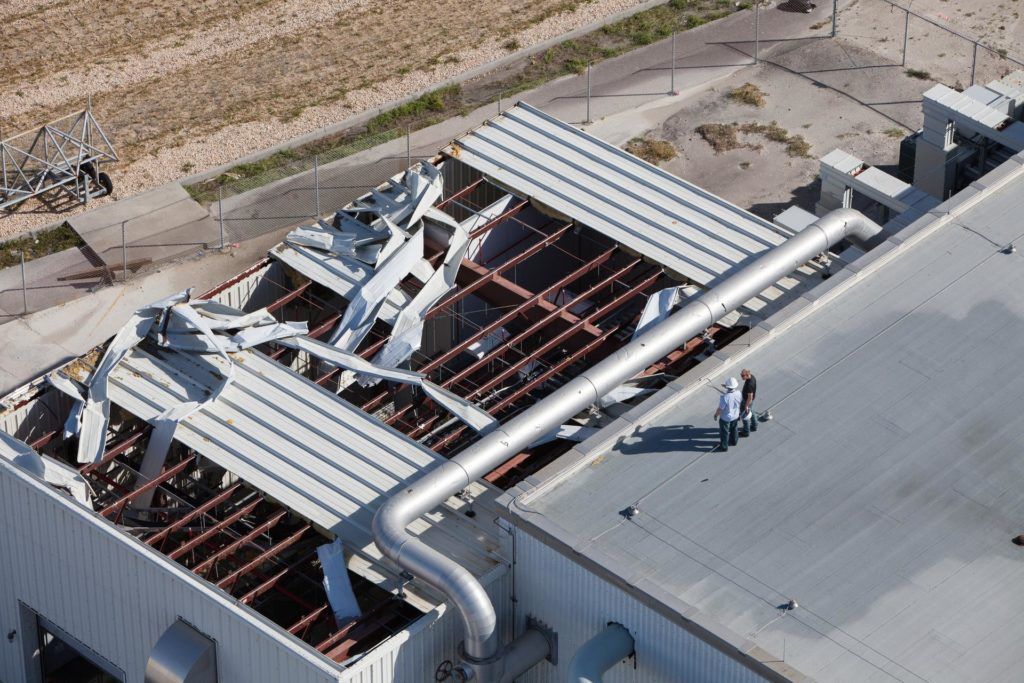Thanks for subscribing to the free version of Risk Market News.
Below are the stories that RMN subscribers are reading:
Greenlight CEO Throws Models Under the Bus Over Texas Losses
Insurers Have a Model Diversity Problem
Teed Up for Privatization, GIC Re Looks to Expand Modeled Perils
"Block Trade" Blowup's Ties To Insurance and Modeling

Friday's market churning $20 billion block trade that roiled equity market watchers has some current and past connections with the insurance and catastrophe modeling industry.
According to reports, hedge fund Archegos Capital Management was forced by its banks, including Goldman Sachs, to dump more than $20 billion of stocks on in a series of large, fast and unprecedented trades.
Archegos Capital Management co-CEO Sung Kook “Bill” Hwang plead guilty in 2012 to insider trading and wire fraud charges in connection several Chinese stocks, including China Life, for while running money for Tiger Asia Managment.
According to the charges, Hwang and others used confidential information gained from participating on a private placement of China Life and other Chinese financials to manipulate and profit from the trades.
Archegos other co-CEO Andy Mills is sits on the board of directors of modeling and insurance data giant Verisk Analytics, as well as in the board for Singapore-based Grab. Grab is a ride-hailing and food delivery service similar to Uber in Southeast Asia, but also offers GrabInsure that provides travel and ride coverage in the region.
Don't want to buy volcano insurance. How about a volcano bond?
New risks and structures often get a lot of attention in the catastrophe bond market, so combining those two attributes into a single announcement was sure to get attention.
A consortium of the Danish Red Cross, catastrophe modeling startup Mitiga and ILS brokerage startup RePlexus announced the "world’s first blockchain enhanced parametric volcano catastrophe bond" last week.
According to the consortium's website, the structure has been under development for two years. The bond its triggered by measuring the eruption column height of post volcanic ash plume "subjected to real-time verification," and custody, settlement and clearing are conducted using an "ILS Blockchain" developed by RePlexus.
The size of the bond, $3 million, to cover 10 named volcanoes, in Cameroon, Chile, Colombia, Ecuador, Guatemala, Indonesia and Mexico.
The risk of large volcanic eruptions is not an unknown risk to the insurance and reinsurance industry, but coverage has been hampered by modeling and previous coverage disputes.
According to research published by Macquarie University professor Russell Blong in 2017, differences in hazard characteristics, event durations and potential losses make losses from volcano's difficult to impossible to insure.
In terms of modeling Blong explains:
Within the re/insurance industry, risk from volcanic hazards is often unmodelled and poorly understood. We need to understand more about the nature of volcanic hazards and to recognize that there are quite a few things happening before, during, and after volcanic eruptions that produce consequences including damage to a wide range of insured assets.
When it comes to insurance and reinsurance for volcano's he adds:
Not all insurance policies are the same. Insurers, reinsurers, loss adjusters, policy holders, and other players in the insurance space, need to ensure that policy wordings reflect both volcanic reality and underwriting intent.
Investors Bet On Better Prepared Companies, Post Catastrophe

The stocks and bonds of disaster hit US companies with a high "environmental profile" come under less selling pressure and bounce back quicker when compared to firms with weaker profiles, according to new research.
“Firms with strong environmental profiles, high long-term institutional ownership, and high sustainability-oriented institutional ownership experience lower selling pressure when being exposed to disasters,” according to the researchers from Australia’s Monash University.
According to the paper the researchers found that --when studying companies hit by disasters such as hurricanes, wildfires and flood -- bond and stock selling pressure was less pronounced for companies with a high environmental score (EScore). The higher scored companies faired better despite the fact that both high- and low-EScore firms suffered an equal loss in sales after disasters.
The authors examined U.S. companies that ran over 640,203 unique locations, either plants, warehouses or facilities. Each company averaged 75 locations.
Risk Links
A new breed of data-crunching consultants has emerged to help big corporations and federal agencies assess the long-term dangers they face from climate change — everything from flooding risks for electrical substations to drought threats for supply chains.
‘Garbage’ models and black boxes? The science of climate disaster planning (Politico)
Although investors in the current pandemic bonds have been stung, high-yielding pandemic debt in the future may still be attractive, especially of shorter lengths (the current issuance had a maturity of three years at issuance).
After COVID-19: The future of pandemic bonds (Financial Times)
GAO found that USGS had not followed best practices in establishing schedules, milestones, and timeframes for its ShakeAlert implementation, and has not completed its plan for coordinating outreach with stakeholders.






